
The threat that AI and quantum computing pose to cyber security is already here, even before these technologies are mature enough to crack today’s encryption methods. Bad actors are taking a “harvest now decrypt later” approach to cyberattacks.Classical encryption methods like Rivest–Shamir–Adleman (RSA) and Elliptic Curve Cryptography (ECC) rely on the difficulty of factoring large numbers or
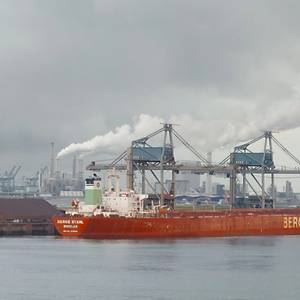
The term gamechanger is often over used enough to be rendered meaningless, but the huge Simandou mine in the West African country of Guinea is going to be just that as its start up is set to rock the seaborne iron ore market.The first cargoes from the project may arrive by the end of this year and it's expected that it will ramp up to its full capacity of 120 million metric tons per annum fairly
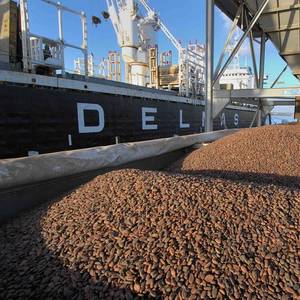
Ivory Coast, the world's biggest cocoa producer, has sold 1.3 million tons of cocoa contracts for the 2025/26 October to March main crop, down from 1.4 million tons last year, amid concerns over declining harvests and production, two Coffee and Cocoa Council (CCC) sources told Reuters on Thursday.
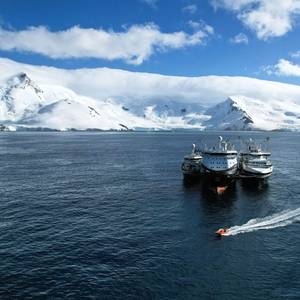
Vard Electro, a subsidiary of the Fincantieri-owned Vard Group, entered into a three-year service level agreement (SLA) with Aker QRILL Company, a leader in krill harvesting. The contract covers a fleet of four krill harvesting vessels and two cargo vessels.A central part of the agreement is fleet-wide spare parts coverage.
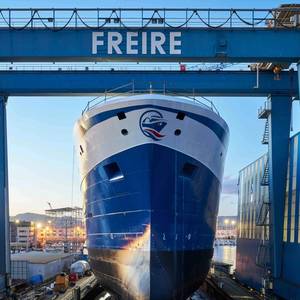
On September 9, 2025, Freire Shipyard launched the new Arctic freezer trawler, built for Canadian fishing company Qikiqtaaluk Fisheries Corporation.The Saputi II, with a length of 79 meters, a beam of 17 meters and capacity for 34 crewmembers, will be equipped with a high-efficiency, low-emission Wärtsilä engine.

“Russian and Ukrainian grain shipments are estimated to have plunged 49% combined y/y between January and August 2025. Both countries had a smaller export surplus following weaker grain harvests in the second half of 2024. Overall, the combined production from both countries was 10% below pre-war levels,” says Filipe Gouveia, Shipping Analysis Manager at BIMCO.According to data from the U.S.
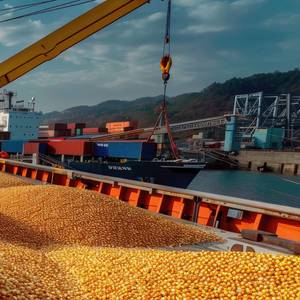
U.S. corn futures plunged to contract lows on Tuesday after the Department of Agriculture projected a record-shattering corn harvest this year as farmers planted more acres than expected and the crop faced few weather challenges this summer.Soybeans reversed earlier losses after the USDA, in a monthly crop supply and demand report, forecast a smaller-than-expected U.S.
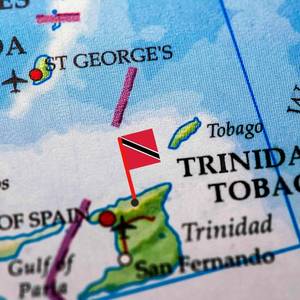
Energy producer Shell has made a positive final investment decision on its Aphrodite gas project offshore Trinidad and Tobago, the company said on Tuesday.The project is expected to produce first gas in 2027 and have a peak production of 18,400 barrels of oil equivalent per day, it added in a release.
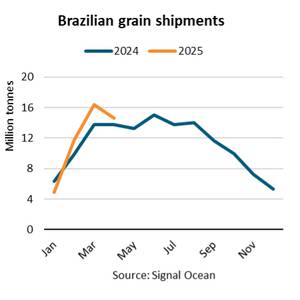
Between January and April 2025, Brazilian grain shipments rose 9% y/y, supported by strong Chinese purchasing, according to Filipe Gouveia, Shipping Analysis Manager at BIMCO.The ramp-up in exports has been supported by a 9% increase in the soya bean harvest, according to estimates by the United States Department of Agriculture (USDA).

V.Ships, part of V.Group, will partner up with REV Ocean to provide a suite of ship management services for the REV Ocean vessel, deemed the world’s largest and most advanced research and expedition ship.Currently at Vard Søviknes in Norway, the vessel will be equipped to conduct research across the entire marine ecosystem, using advanced technology systems.
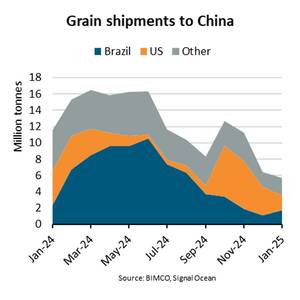
“In January, grain shipments to China are estimated to fall 51% y/y, partly due to a decline in import demand for soya beans caused by low crusher margins. Although Chinese soya bean production decreased 1% y/y in 2024, inventories are high after a surge in imports in the first half of the year.
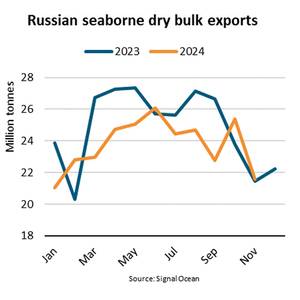
“Between January and November 2024, Russian seaborne dry bulk exports have decreased 5% y/y, driven by a 10% y/y decrease in coal shipments. The price competitiveness of Russian coal has deteriorated, compared to Mongolian, Indonesian and Australian cargoes, and a gradual increase in exports over land to China has also contributed to this decline,” says Filipe Gouveia, Shipping Analyst at BIMCO.